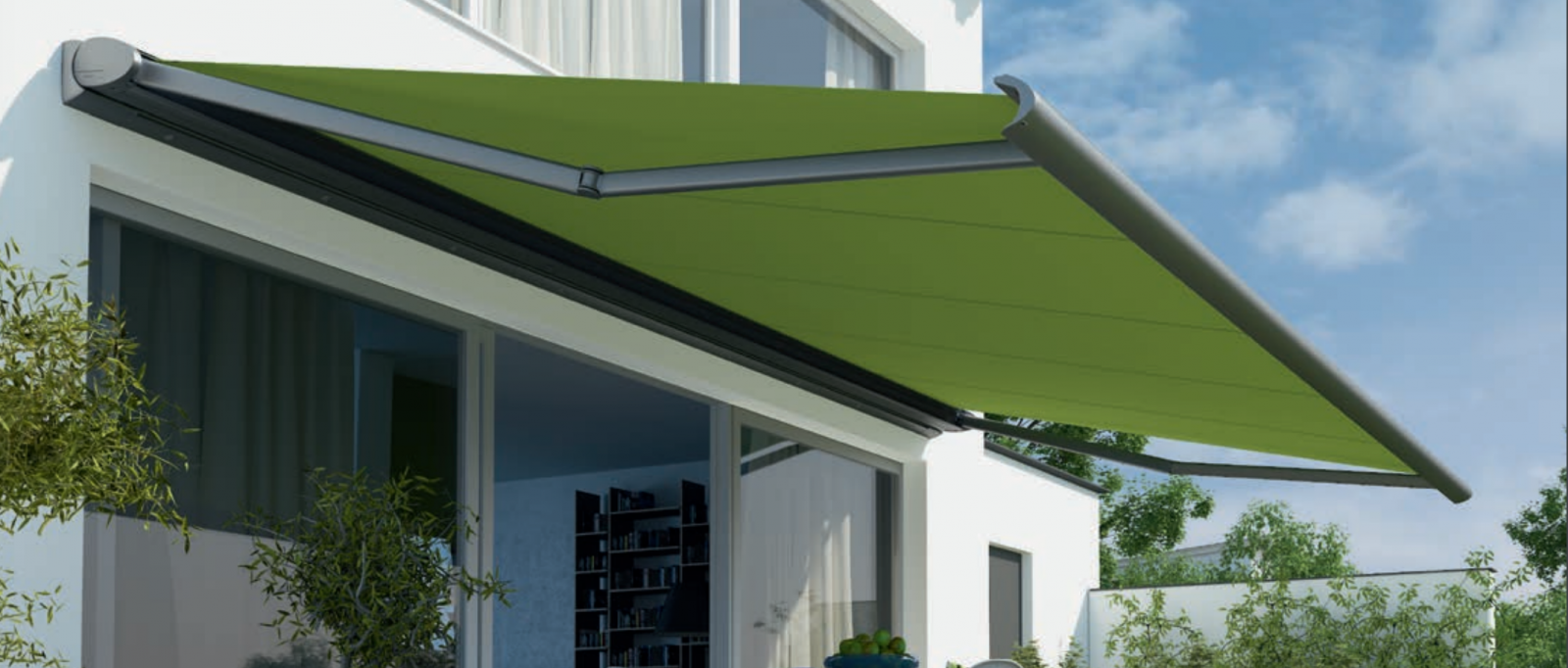Introduction to Awning Maintenance
Awnings are a wonderful addition to any home or business, providing shade, aesthetic appeal, and protection from the elements. However, like any outdoor fixture, they are exposed to various environmental factors that can cause dirt, mildew, and stains to accumulate over time. Proper maintenance of awning fabric is crucial to ensure its longevity and continued functionality. Cleaning awnings might seem daunting, but with the right methods and materials, it can be a straightforward process. This guide will walk you through the steps to clean your awning fabric effectively, ensuring it looks great and performs well for years to come.
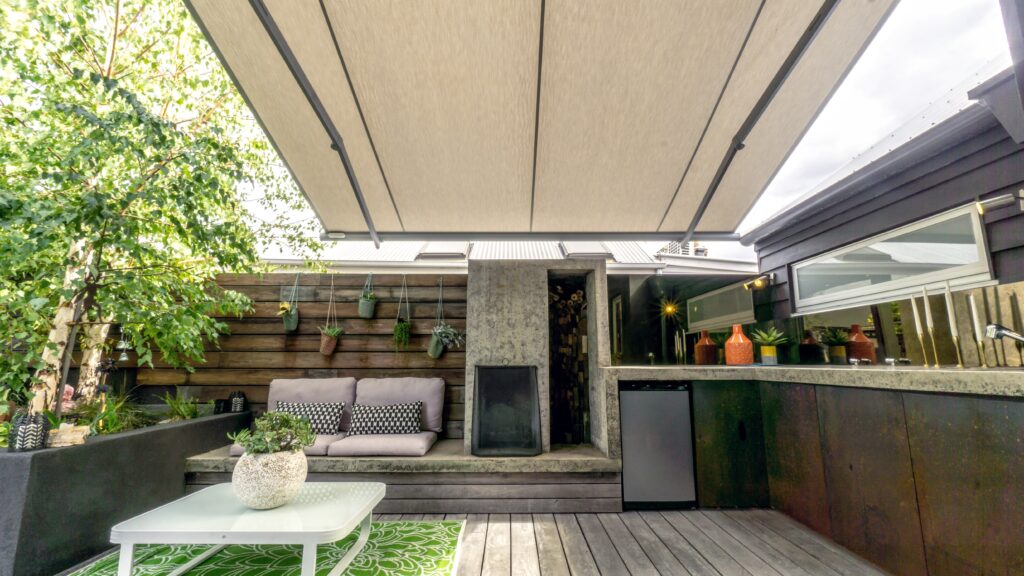
Assessing the Condition of Your Awning
Before diving into the cleaning process, it’s important to assess the condition of your awning fabric. Check for any tears, holes, or significant wear and tear that might require repair before cleaning. Cleaning a damaged awning can exacerbate the damage and potentially render it unusable. Take note of the fabric material as well, as different fabrics may have specific cleaning requirements. For instance, acrylic, vinyl, and natural canvas all have unique characteristics that influence the choice of cleaning agents and methods. Identifying the type of stains, such as bird droppings, mold, or general grime, will also help in selecting the appropriate cleaning approach.
Gathering Necessary Cleaning Supplies
Once you’ve assessed the condition of your awning fabric, the next step is to gather all necessary cleaning supplies. Typically, you’ll need a soft-bristle brush, a bucket, mild detergent or specialized awning cleaner, a garden hose with a spray nozzle, and possibly some protective gloves. Avoid using harsh chemicals or abrasive tools, as these can damage the fabric and reduce its lifespan. For tougher stains, you might also need a soft sponge and a solution of water mixed with white vinegar or baking soda. Having all your supplies ready before you start ensures a smooth and efficient cleaning process without unnecessary interruptions.
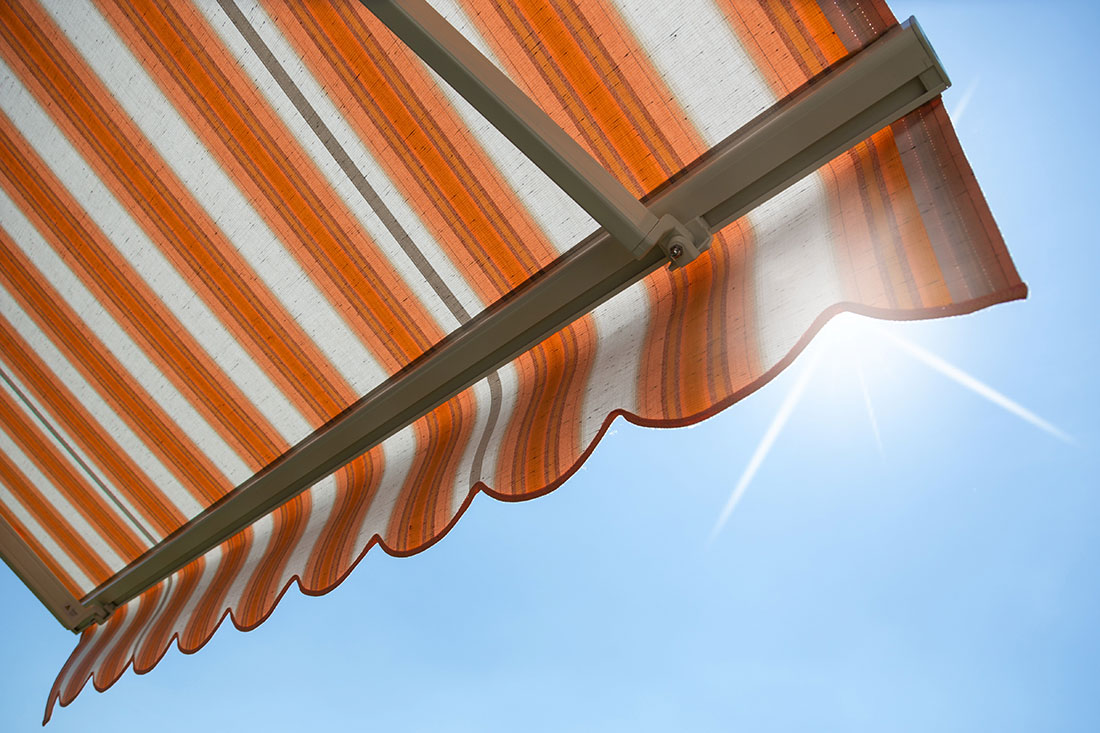
Preparing the Cleaning Solution
The effectiveness of your cleaning largely depends on the cleaning solution you prepare. For general cleaning, a simple mixture of mild detergent and warm water works well. Fill a bucket with about two gallons of water and add a few drops of detergent. Stir the solution until it forms a soapy mixture. If you’re dealing with mildew or mold, a solution of one part white vinegar to ten parts water can be more effective. For particularly stubborn stains, consider using a specialized awning cleaner that’s designed to tackle tough grime without damaging the fabric. Always test your cleaning solution on a small, inconspicuous area of the awning to ensure it doesn’t cause discoloration or other damage.
Removing Surface Debris
Before applying any cleaning solution, it’s important to remove surface debris from the awning fabric. Use a soft-bristle brush to gently sweep away loose dirt, leaves, and other particles. This step prevents you from rubbing debris into the fabric during the washing process, which could cause abrasion and further staining. For larger debris or more stubborn spots, you might need to use a vacuum with a soft brush attachment. Ensuring the surface is free from loose dirt helps the cleaning solution penetrate the fabric more effectively and reduces the risk of spreading contaminants during the cleaning process.
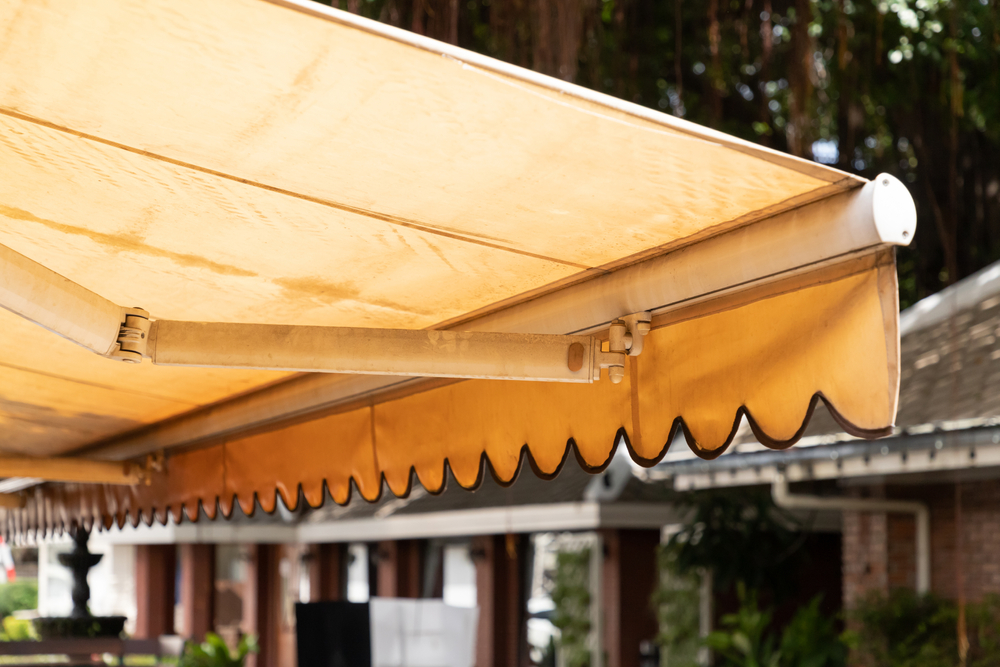
Applying the Cleaning Solution
With the surface debris removed, you can now apply the cleaning solution to your awning fabric. Using a soft sponge or brush, gently scrub the fabric with the soapy water or vinegar solution. Work in small sections to ensure thorough cleaning and to prevent the solution from drying out before rinsing. Use a gentle circular motion to lift dirt and stains from the fabric without causing damage. Pay special attention to heavily soiled areas and any spots with visible mold or mildew. Allow the cleaning solution to sit on the fabric for several minutes to break down dirt and stains effectively, but avoid letting it dry completely.
Rinsing the Awning Fabric
After scrubbing the awning fabric with the cleaning solution, it’s crucial to rinse it thoroughly to remove all soap and residue. Use a garden hose with a spray nozzle set to a gentle setting to rinse the fabric. Start from the top of the awning and work your way down to ensure all the solution is washed away. Make sure to rinse both the top and underside of the awning thoroughly. Any remaining soap or cleaner can attract dirt and cause the fabric to become sticky, so take your time to ensure all residues are completely removed. Proper rinsing is key to maintaining the cleanliness and appearance of your awning.
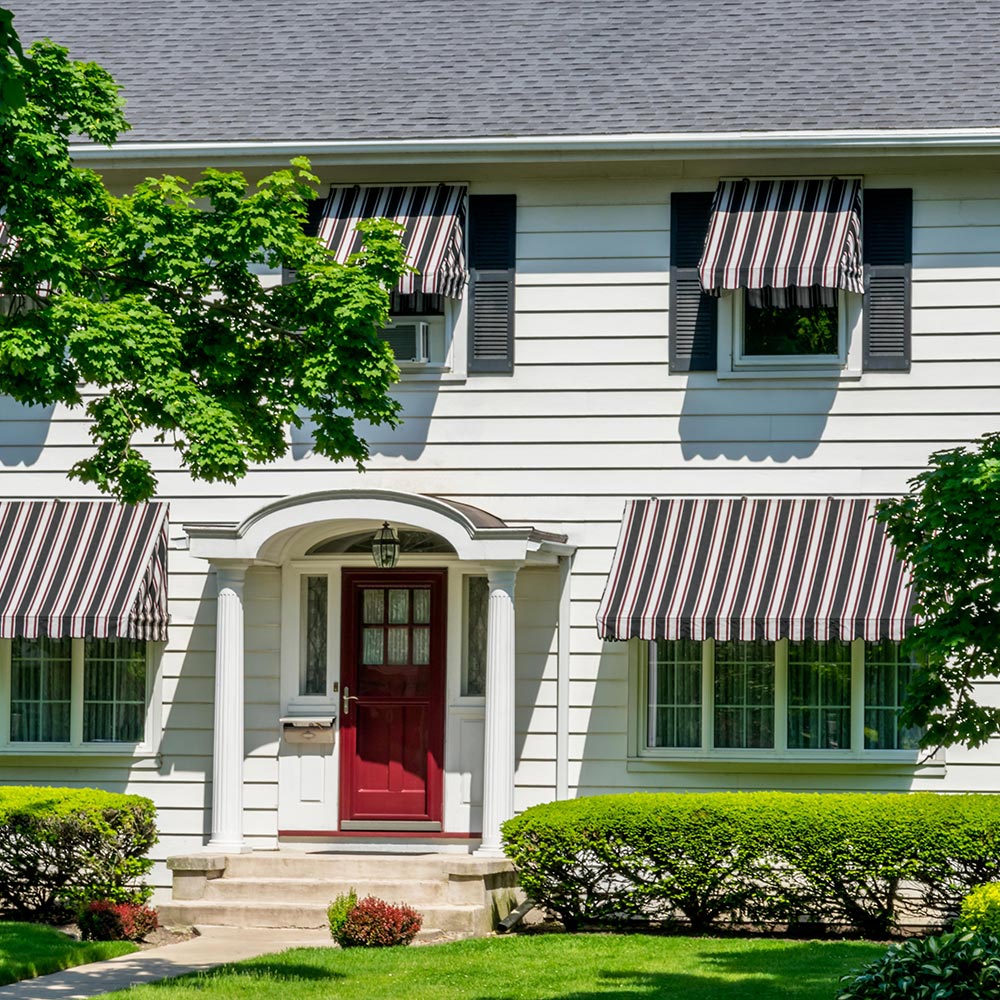
Dealing with Stubborn Stains
Even after a thorough cleaning, some stains may persist on your awning fabric. For these stubborn stains, you may need to employ a more targeted approach. A paste made from baking soda and water can be effective for treating localized stains. Apply the paste to the stain, let it sit for about 15 minutes, and then gently scrub it with a soft brush before rinsing. For mold and mildew, a stronger solution of vinegar and water or a commercial mold remover designed for fabrics can be used. Always be cautious when using stronger solutions and test them on a small area first to ensure they don’t damage the fabric. Repeat this process as necessary until the stains are fully removed.
Drying the Awning Fabric
Proper drying is an essential step in maintaining the integrity of your awning fabric after cleaning. Allow the awning to air dry completely before retracting it or using it again. Avoid using high heat sources like hair dryers or placing the fabric in direct sunlight for extended periods, as this can cause fading and weaken the fabric fibers. If possible, retractable awnings should be extended out fully to dry, ensuring that all areas are exposed to air circulation. Proper drying helps prevent mold and mildew growth and keeps the fabric looking fresh and vibrant. Patience in this step ensures the longevity and cleanliness of your awning.
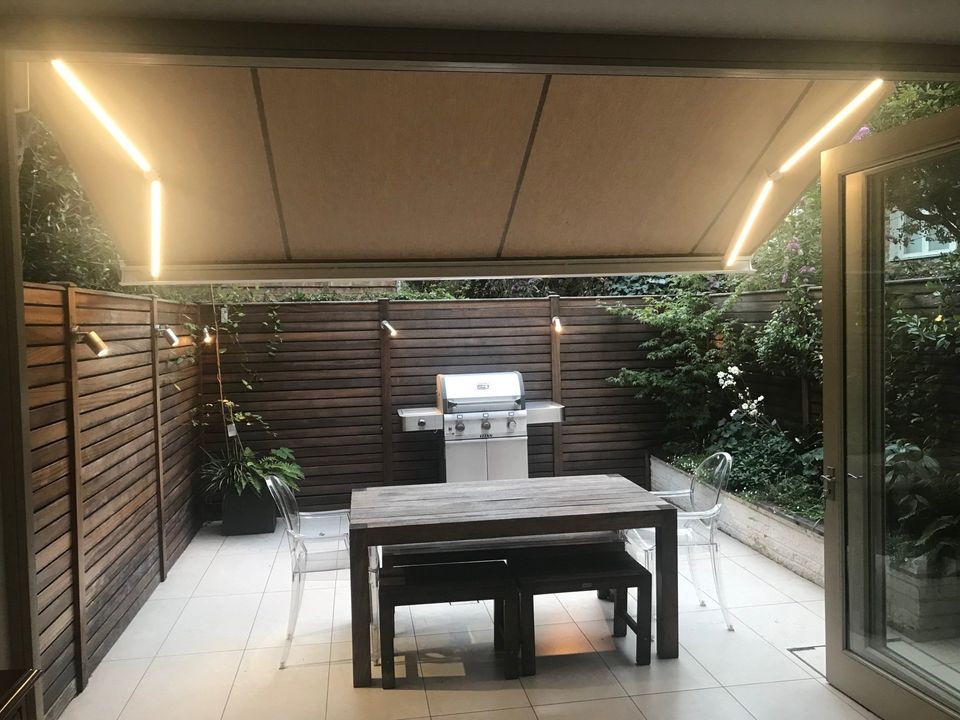
Preventive Maintenance Tips
Regular maintenance can significantly extend the life of your awning fabric and reduce the frequency of deep cleaning. Sweep or brush off loose dirt and debris weekly to prevent buildup. Consider applying a fabric protector or water repellent specifically designed for awnings to create a barrier against stains and moisture. Inspect the awning periodically for signs of damage or wear and address any issues promptly to prevent them from worsening. During adverse weather conditions, retract the awning if possible to protect it from excessive rain, wind, or snow. These preventive measures will help maintain the appearance and functionality of your awning, making it easier to clean and care for in the long run.
Professional Cleaning Services
For those who prefer not to tackle the task themselves, professional awning cleaning services are available. These services often provide comprehensive cleaning, including stain removal, mildew treatment, and application of fabric protectants. Professionals have access to specialized equipment and cleaning solutions tailored to various types of awning fabrics. While this option involves a cost, it can be worthwhile for particularly large, heavily soiled, or delicate awnings. Hiring a professional ensures that your awning receives thorough, expert care, preserving its appearance and extending its lifespan. Consider this option especially if your awning requires extensive or intricate cleaning that might be challenging to handle on your own.
Conclusion
Cleaning your awning fabric effectively involves a combination of proper assessment, the right cleaning supplies, and methodical steps to ensure thorough and safe cleaning. By understanding your awning’s material and condition, preparing the appropriate cleaning solutions, and following careful cleaning and drying procedures, you can maintain its beauty and functionality for years. Regular maintenance and preventive measures further enhance the longevity and appeal of your awning. Whether you choose to clean it yourself or opt for professional services, keeping your awning in top shape enhances your outdoor space’s overall aesthetics and usability.
